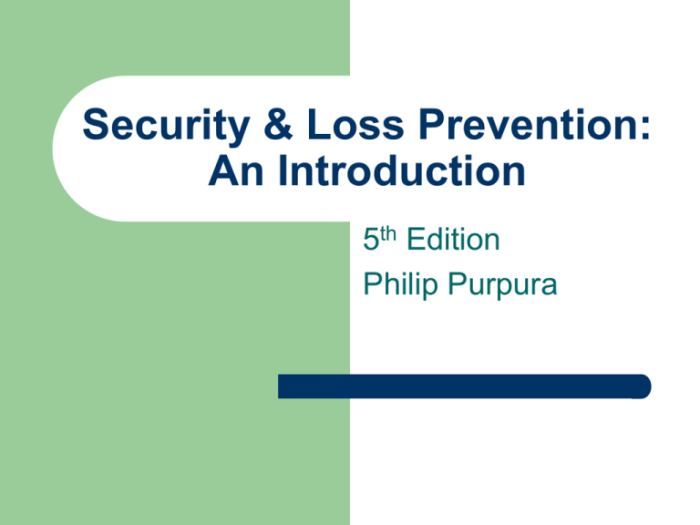Introduction to policing 5th edition pdf – Embark on a journey through the dynamic world of policing with “Introduction to Policing, 5th Edition.” This authoritative text provides a comprehensive overview of policing practices, theories, and challenges, equipping you with a profound understanding of this critical field.
Delve into the historical foundations of policing, explore contemporary strategies and practices, and gain insights into the ethical dilemmas and accountability mechanisms that shape modern policing.
Introduction to Policing 5th Edition Overview
The fifth edition of Introduction to Policing provides a comprehensive overview of the field of policing in the United States. The textbook is designed for undergraduate students who are interested in pursuing a career in law enforcement, as well as for practitioners who are seeking to enhance their understanding of the profession.
The textbook is organized into six parts, which cover the following topics:
- The theoretical foundations of policing
- Policing practices and strategies
- Police-community relations
- Police ethics and accountability
- Policing in the 21st century
Theoretical Foundations of Policing: Introduction To Policing 5th Edition Pdf

The first part of the textbook examines the different theoretical perspectives on policing. These perspectives include the crime control model, the due process model, and the community policing model. The textbook also discusses the historical development of policing theories, and analyzes the strengths and weaknesses of various policing theories.
Crime Control Model
The crime control model is based on the belief that the primary goal of policing is to prevent and control crime. This model emphasizes the use of proactive policing strategies, such as aggressive patrol and stop-and-frisk tactics.
Due Process Model, Introduction to policing 5th edition pdf
The due process model is based on the belief that the primary goal of policing is to protect the rights of individuals. This model emphasizes the importance of following proper procedures and respecting the rights of suspects and arrestees.
Community Policing Model
The community policing model is based on the belief that the police should work in partnership with the community to solve problems and improve the quality of life. This model emphasizes the importance of building relationships between the police and the community, and of involving the community in the development of policing strategies.
Policing Practices and Strategies
The second part of the textbook examines the different policing practices and strategies used by law enforcement agencies. These practices and strategies include patrol, investigation, traffic enforcement, and community policing. The textbook also discusses the effectiveness of various policing strategies, and analyzes the impact of policing practices on communities.
Patrol
Patrol is the most visible form of policing. Patrol officers are responsible for responding to calls for service, enforcing the law, and preventing crime.
Investigation
Investigation is the process of gathering evidence and information about a crime. Detectives are responsible for investigating crimes, interviewing witnesses, and preparing cases for prosecution.
Traffic Enforcement
Traffic enforcement is the process of enforcing traffic laws and regulations. Traffic officers are responsible for issuing citations, making arrests, and conducting traffic safety education programs.
Community Policing
Community policing is a policing strategy that emphasizes the importance of building relationships between the police and the community. Community policing officers are responsible for working with community members to identify and solve problems, and to improve the quality of life in their neighborhoods.
FAQ Compilation
What is the target audience for “Introduction to Policing, 5th Edition”?
This textbook is designed for undergraduate and graduate students in criminal justice, law enforcement, and related fields, as well as practitioners seeking to enhance their knowledge and skills.
How is the textbook structured?
The book is organized into six comprehensive sections, covering the history, theories, practices, community relations, ethics, and future of policing.
What are the key features of the 5th edition?
This edition includes updated content on contemporary policing issues, such as technology, social media, and community engagement, as well as new case studies and discussion questions.